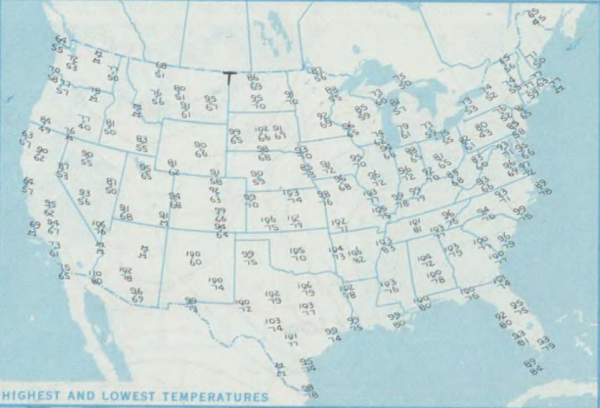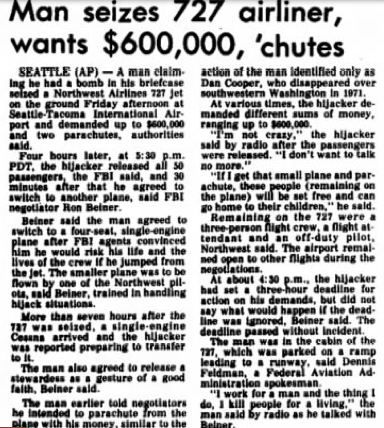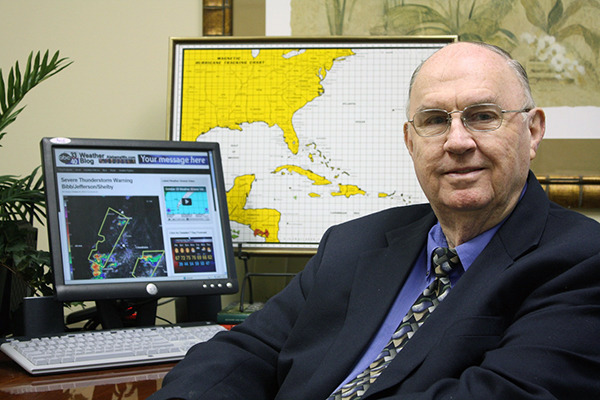On This Date in 1980
Headlines on Saturday, July 12, 1980 focused on the Iranian hostage crisis, which was in its 292nd day. One of the hostages had been released by the Ayatollah for “humanitarian reasons”. The GOP was putting the finishing touches on its platform prior to their national convention in Detroit.
There were fears that Mt. Hood in Oregon was getting ready to erupt, a la Mount St. Helens, since quakes had been shaking the area. A hijacker in Seattle had been given $100,000 and a parachute as he seemed destined to be the next D.B. Cooper. The economy was in the tank, with talk that the extended recession was comparable to the Great Depression in many ways.
The movies that were playing then included The Shining and Airplane.

High temperatures from July 12, 1980 courtesy NOAA Central Library Data Imaging Project. Click image to enlarge.
But the big news across the southern United States was the heat. Birmingham was in the middle of a thirteen day heat wave, with temperatures 90F or higher for those thirteen days. The mercury reached at least 100F on eight consecutive days. The high temperature at the Birmingham Airport topped out at 104F on that Saturday, the hottest it had been so far in the hot spell. The next day would see 106F, the hottest of the heat wave.
Air conditioning repair companies were doing a land office business. Bank managers resorted to putting blocks of ice in front of electric fans to “cool off the girls” in the drive-thrus. The local Coca-Cola bottler reported that soft drink sales were up 35 percent.
The weather page in the Birmingham News wistfully noted that it was midwinter in Australia.
The toll was beginning to rise across Alabama. At least four deaths had been reported so far. Before it was over, at least 120 Alabamians lost their lives to heat related illnesses. 200,000 chickens also succumbed to the extreme heat.
The June-September 1980 Heat Wave is the first billion dollar weather-related disaster in U.S. history. Damage to agriculture and related industries was estimated at $20 billion. The sweltering weather claimed the lives of over 10,000 Americans.
Category: Met 101/Weather History

















